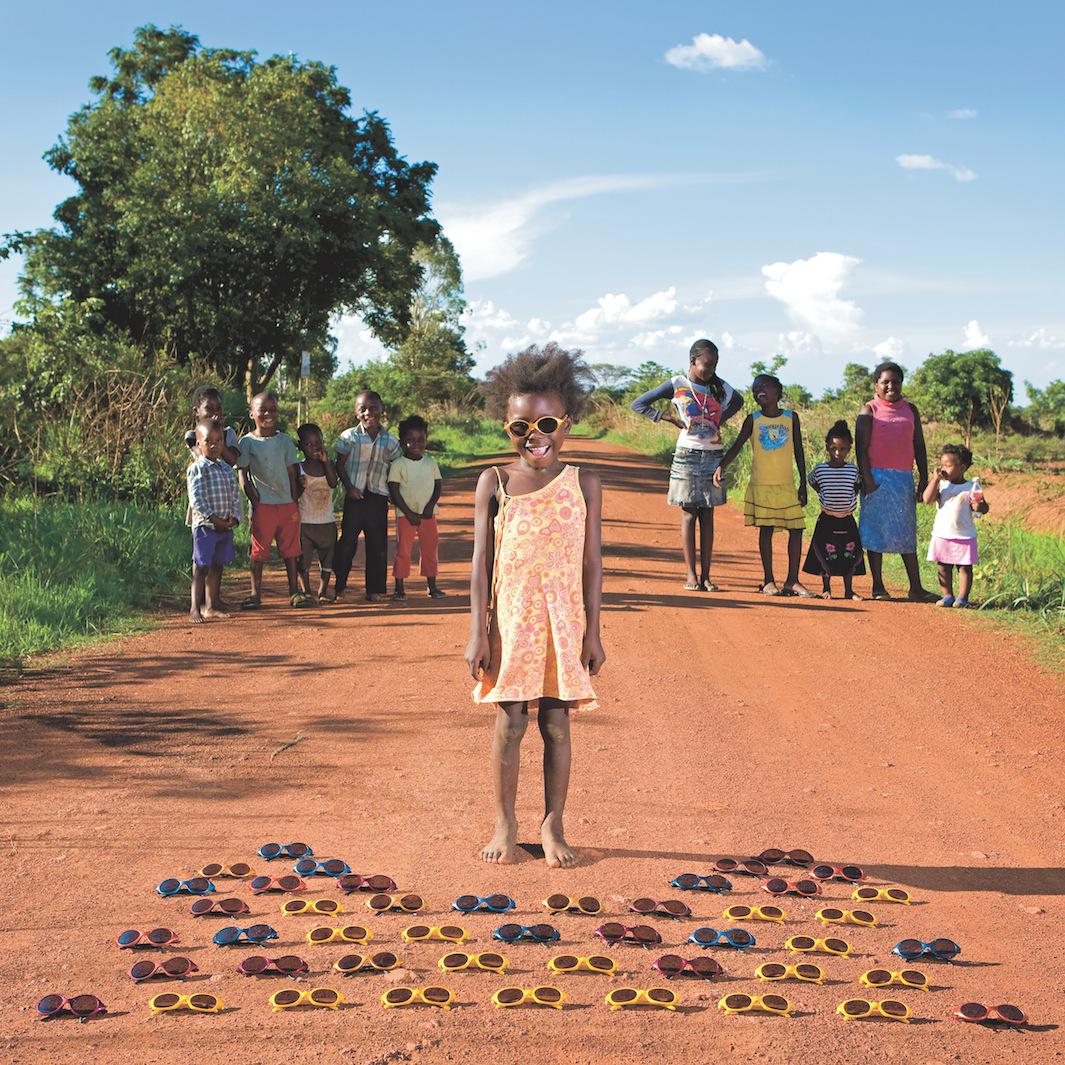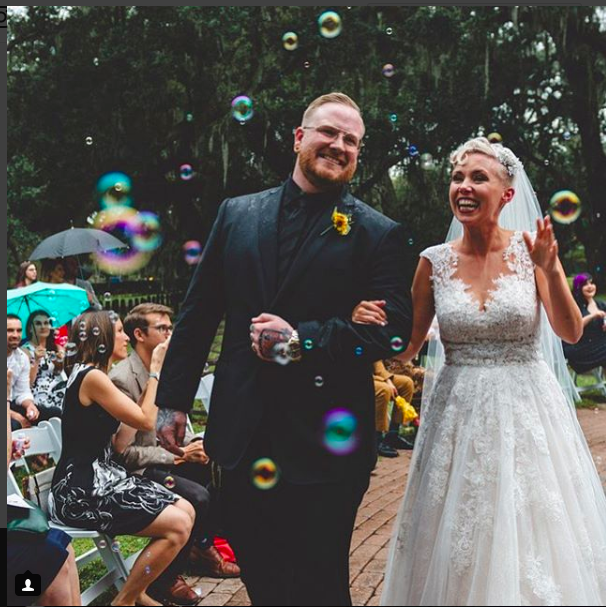Picture Talk for Compelling Comprehensible Culture!
One of my favorite things to present on is how to deliver highly engaging, highly compelling comprehensible input while talking about culture! Culture, for me, used to be such a challenge to “teach” while staying in the target language. I desperately wanted to go in depth with my students and share with them my passion for other peoples their foods, beliefs, traditions, celebrations and practices that differ from our own. I believe that teaching students about their own cultural lens and how it effects how they look at other cultures is a very important part of our job as world language educators. I struggled so much doing this while maintaining my use of the target language. I spend so much time building a classroom culture where Spanish is the language spoken, allowing full days of English seemed to totally derail all that hard work! That was before I realized I could sneak sips of culture into every lesson with something as simple as an image.
Picture talk is one of the most powerful tools in a CI teacher’s Tool Box. Here is a blog on the basics of “how to “do” picture talk” with your class from Chris Stolz. I love using picture talk for building empathy and integrating culture into my lessons.
Today I wanted to share a few of my favorite resources for picture talk with you. Most of my picture talk resources are stolen from Erica Peplinski. She is a master! One of these I shared in this blog. Last year, one of our songs of the month was “Latinoamerica” by Calle 13. The step brothers are from Puerto Rico. We always learn about the artists and where they are from. I did virtual field trip with them and we visited Puerto Rico from our class. I realized in that moment that my students did NOT know about the devastation that Puerto Rico was facing in that moment. (It was shortly after hurricane Maria had hit). They were not surprised to see everything looked “normal” on google maps. I, on the other hand was shocked. (I guess I had foolishly thought that Google Maps was live! haha!) The next day I used these images to address it with them. I found them in this article. We took time to study each photo and predict what was happening. We did all of this with the Spanish each class had already acquired. Even if your students are novices, you can say SO much with the words “has” and “wants” and “needs”. Through these profound conversations, all in Spanish, I received notes of thanks from parents and even one phone call to say that they donated money to the hurricane relief fund based on the insistence of their student. Students were driven to talk about Puerto Rico at home!? All from conversations we had in Spanish!? I consider that a HUGE win!
I really enjoy “units” of photos that I can use over a few weeks. After the student’s Do now or FVR time, I introduce one image and we talk about it. I stretch it as long as I can. For some classes it lasts 10 minutes and for others it may last the whole class. The most important thing is to gauge interest and engagement. It helps if you are remembering to constantly relate it back to them and integrate PQA. I see pictures as vehicles for personalization just like the videos we use in class! Gabriele Galimberti photographed children from all around the world with their most precious “things”.

I did this unit with elementary students and then with my Middle Schoolers last year. Each day I introduced a new photo of a child with their favorite items surrounding them. Sometimes they were toys, sometimes musical instruments or sports items. Through the photographers journey, one thing remained true for all of them, all the children loved to play!

At the end of the unit, I shared this image of Maudy in Zambia. The impact it had on students was profound. They noticed and remarked (YES! all in Spanish!) she looked equally as happy as all the other children and yet has less than most in the other photos. Since we had spent two weeks making observations about these photos in Spanish, they also quickly noticed that she was the only child to include people in her photo. I had a student’s mom call me in tears that night to express her gratitude for Spanish class. She said her son came home and told her that if he were to be photographed with his favorite things he would take a selfie with just her. She was both shocked and thrilled to hear that his kind words came from class time where we spoke almost every minute in Spanish!

Peter Menzel is a brilliant photographer who captured families from around the world outside of their homes surrounded by EVERY item they own. This was called Material World. I approached this unit the same way. We looked at one photo per day. I chose which photos to use since he has much more than 10 of these. It was really interesting to have discussions around different types of homes and even conversations about how people do their laundry. While it is important to acknowledge the many differences between our students and the families in the photos, I believe it is equally as important to find connections and similarities. We are much more alike than different and sometimes students need to be reminded of this. Meanwhile, you’re building empathy WHILE facilitating acquisition! WHAT?! How cool is that!? Gahhh! We are so lucky!
Menzel also did another project called Hungry Planet. This was one of my student’s favorite units. I used the link posted above to have background knowledge of what each family’s favorite foods were, where they lived, and how much they spent per week on their food. That way I could talk about it as I looked at the image in class. I also recommended this series of images recently to someone who is required to use the text book. They were in a food unit, and this was an easy way to integrate compelling images for some comprehensible input of the vocabulary she was required to teach. My students learn to ask for Google Maps when they want a virtual tour of the countries we are learning about. Take the time to make observations about the signs, license plates, and transportation in the views.
I hope that you can find ways to start integrating both Picture Talk and more cultural discussion into your classes! Your students are ready and totally able to have these profound conversations with you! You just have to facilitate it and model all they can do with the language they’ve acquired! You’ll be so impressed, I promise.
Until next time my friends,
HAPPY TEACHING!
Love,
La Maestra Loca
(here is another wedding photo for those of you who loved the others! I love love love sharing them!)


Hey! I love the idea of incorporating these images and discussions, and in particular – to thread them together into a larger, cohesive unit. If I might ask – do you target specific vocab/structures in this unit, and if so, what are they? Do you have specific readings you use?
Since I use the same photos with all my levels I just focus on using the target structures each class has already been focused on acquiring. I create the readings based off of the discussions we have in class so usually they’re read in the past tense the day after we have the conversations in the present tense. I hope this helps 🙂
Hi! Thank you for this! I am curious about how you create readings based off of your discussions…..do you note the details of the conversations in statements (written in the past tense) or create a story of some sort (in the past tense)?
WOAH… are you the same person as Tara?! You must be! haha! but JUST in case, I think doing a story would be an interesting twist but normally when I do a write up I just write the statements that we talked about during class time. (yes, in the past tense)
Thank you for sharing!!! Absolutely brilliant ideas!
🙂 You’re welcome!
Hi! Thank you for this!! I am curious about the readings you create from your picture talks….do you basically note everything that was said in the conversation as statements (in the past tense) or a story (in the past tense)?
Normally as statements! But making it into a story could be a great way to make it novel!!
Haha…yes, I am ‘Tara’ as well! I didn’t think my comment went through the first time 🙂 Thank you so much for your reply! I love your blog!!
🙂 Yay! I am glad 🙂 Have an awesome weekend
Hi there!
Is this blog still active?
Haha! yes! I’m just tired and doing my best to stay afloat!